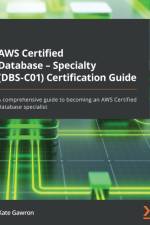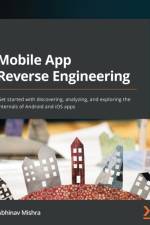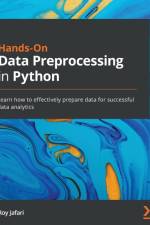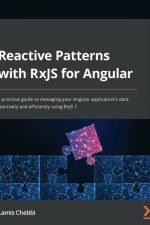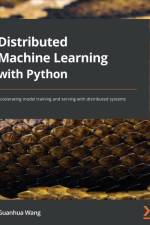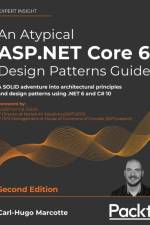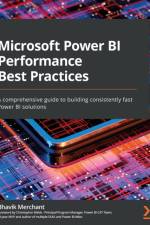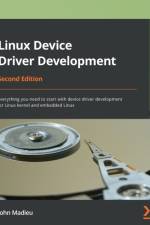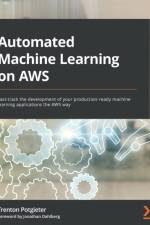av Luca Massaron, Konrad Banachewicz & Anthony Goldbloom
1 017
Get a step ahead of your competitors with insights from over 30 Kaggle Masters and Grandmasters. Discover tips, tricks, and best practices for competing effectively on Kaggle and becoming a better data scientist.Purchase of the print or Kindle book includes a free eBook in the PDF format.Key Features:Learn how Kaggle works and how to make the most of competitions from over 30 expert KagglersSharpen your modeling skills with ensembling, feature engineering, adversarial validation and AutoMLA concise collection of smart data handling techniques for modeling and parameter tuningBook Description:Millions of data enthusiasts from around the world compete on Kaggle, the most famous data science competition platform of them all. Participating in Kaggle competitions is a surefire way to improve your data analysis skills, network with an amazing community of data scientists, and gain valuable experience to help grow your career.The first book of its kind, The Kaggle Book assembles in one place the techniques and skills you'll need for success in competitions, data science projects, and beyond. Two Kaggle Grandmasters walk you through modeling strategies you won't easily find elsewhere, and the knowledge they've accumulated along the way. As well as Kaggle-specific tips, you'll learn more general techniques for approaching tasks based on image, tabular, textual data, and reinforcement learning. You'll design better validation schemes and work more comfortably with different evaluation metrics.Whether you want to climb the ranks of Kaggle, build some more data science skills, or improve the accuracy of your existing models, this book is for you.Plus, join our Discord Community to learn along with more than 1,000 members and meet like-minded people!What You Will Learn:Get acquainted with Kaggle as a competition platformMake the most of Kaggle Notebooks, Datasets, and Discussion forumsCreate a portfolio of projects and ideas to get further in your careerDesign k-fold and probabilistic validation schemesGet to grips with common and never-before-seen evaluation metricsUnderstand binary and multi-class classification and object detectionApproach NLP and time series tasks more effectivelyHandle simulation and optimization competitions on KaggleWho this book is for:This book is suitable for anyone new to Kaggle, veteran users, and anyone in between. Data analysts/scientists who are trying to do better in Kaggle competitions and secure jobs with tech giants will find this book useful.A basic understanding of machine learning concepts will help you make the most of this book.






